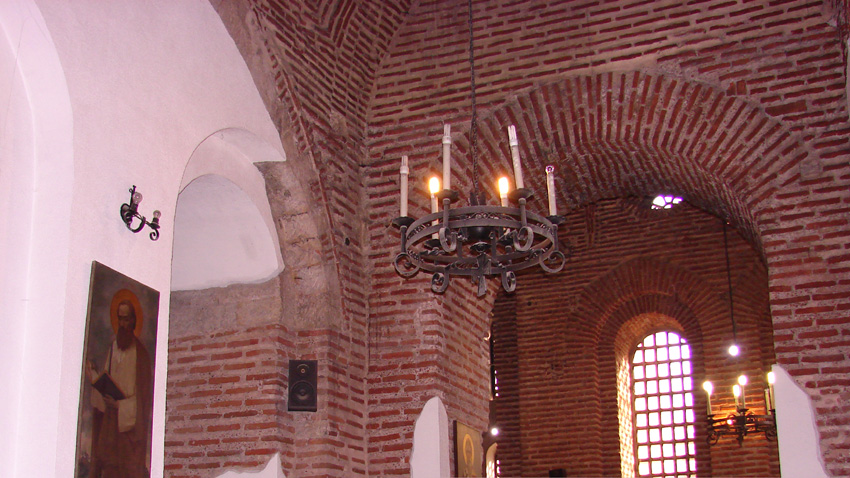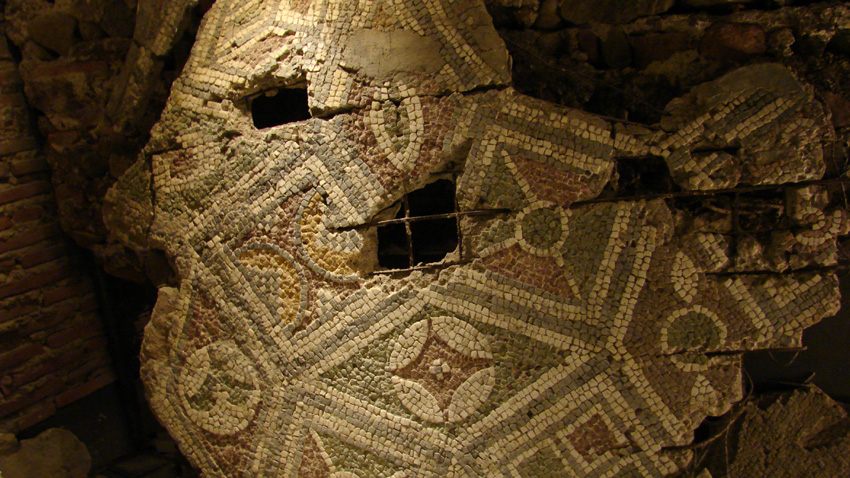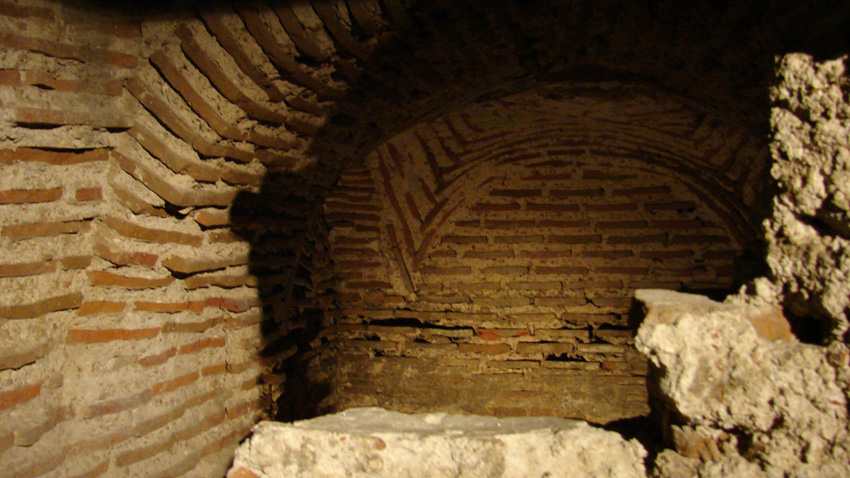From March 11 to 13th, Sofia hosts the international conference “The Saint Sophia Basilica of the transition from pagan rites to Christianity. The participants are scholars from the Balkans, Austria, US and Ukraine including archeologists, historians, theologians, architects, museum workers, restorers. The organizer is the Historical museum of Sofia. Today’s church Saint Sophia is one of the symbols of the capital and is also included in its coat of arms. In fact, its name meaning the god’s wisdom gave the name of the Bulgarian capital. It is believed that the present-day church was the fourth built on this spot. The reasons for the conference are two, says doctor Nadejda Kirova, museum director: 1,700 years since the construction of the first temple as well as the opening for visitors of the church crypt last year:


During the Ottoman rule the temple was turned into a mosque. After the two big earthquakes in 1818 and 1858, Muslims leave it because they believe Allah withdrew his blessing. The Liberation of Bulgaria in 1878 found the church in a state of ruin, and there were even plans to destroy it. But it turned out to be too expensive and thanks to this it has now been preserved and later restored. In 1998, it again opened its doors for the faithful. It is now a functioning temple, it is venerated and loved by Sofians.

Archeological digs underground persisted for years, the conservation and restoration – as well. Among burials only one was with preserved murals. Drawings there testify that the early period of the temple – the transition from paganism and Christianity. The three-day scientific conference is part of the events supporting Sofia’s bid and that of Bulgaria’s Southwestern region for European capital of culture in 2019.
English version: Rossitsa Petcova
Photos: Veneta Pavlova
On Good Friday, the Church recalls the great sufferings of Jesus Christ, who accepted by His own will to be judged, scourged, spat upon, humiliated, slapped, and shown to the people in a purple robe, with a crown of thorns on His head. With the..
On that day the Saviour hosted the traditional Passover meal for the Jewish people at the home of a Jerusalemite. Before the meal, as a sign of respect, He washed the apostles' feet and said, "I did not come to be served, but to serve". At the table,..
The attack in the "St. Nedelya" cathedral on April 16, 1925 is the deadliest terrorist act in the history of Bulgaria. It took place on Maundy Thursday and in terms of its brutality and premeditation, it has no analogue. During Holy..
In popular belief, St George is the younger twin brother of St Demetrius . Ethnographers describe them as Christianised images of mythical heroes -..

+359 2 9336 661
